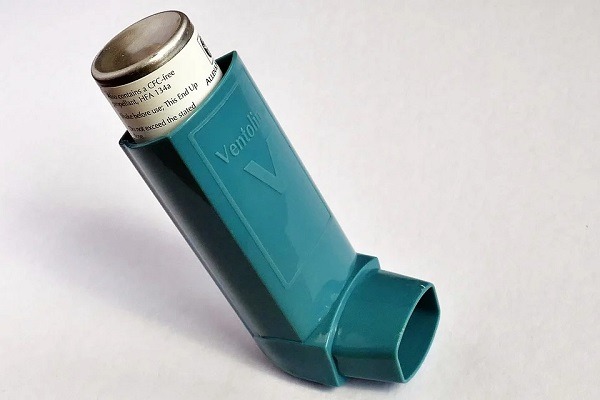People living with asthma are more likely to suffer attacks during the winter months as the outside temperature will be much colder than at other times of the year. The colder weather typically leads to sufferers spending more time in their houses, which can increase the likelihood of asthma attacks occurring. However, there are a number of steps which an asthma sufferer can take to mitigate the threat to their health. Some suggestions are shown below.
What are the specific problems facing asthma sufferers in winter?
The colder, drier weather of winter can lead to an increase in sinus and respiratory infections which are clearly more serious for people with asthma than for non-sufferers. A further, possible problem may result from the use of open fires in some properties during the colder winter months. While sitting by an open fire may seem to be idyllic on a cold winters day, the smoke emitted from the fire may trigger asthma symptoms.
Spending more time indoors is the norm during the colder periods of the year, so there is a likelihood of dust, mites, and pet hair exacerbating the sufferers existing asthma condition. Furthermore, 75 per cent of asthma sufferers report worse symptoms when they have the cold or the flu.
What can be done to avoid asthma attacks during the winter?
There are several actions which can be taken by people living with asthma in order to avoid serious incidents during the cold season. An obvious, and very simple, step is to increase the frequency of handwashing with soap and water as this has been proven to reduce the chances of spreading and catching colds and viruses. As during the Covid-19 pandemic, the use of alcohol-based hand sanitizers can significantly reduce exposure to the transmission of viruses.
While having asthma will not make a person more susceptible to catching influenza, the consequences of doing so can be much more severe. It is recommended that asthma sufferers of all ages should get an annual ‘flu-shot’ to reduce the risk. A further simple aid for people with asthma is to breathe through the nose when outside in the cold, cover the mouth with a scarf or mask, and have an inhaler available at all times.
Preventative measures
Before heading out into the cold, sufferers should make sure that they take their asthma treatment in plenty of time to allow it to take effect. Bronchodilators may need to be applied around 30 minutes prior to leaving home. The use of an inhaler will open the airways to allow easier breathing during walks in the winter weather. It is advisable to take medication consistently, consult a doctor if required and always maintain regular check-ups.
Be aware of the things that may trigger an asthma attack. The bedroom should be kept cool, dry, and off-limits to pets. Extraction fans should be used in the kitchen and bathroom to reduce moisture in the air.
An obvious but effective remedy is to keep clear of anyone who is clearly suffering from a cold or influenza. By staying away from infected people, there will be a reduction in the possibility of the asthma sufferer becoming infected themselves.
Preparing for winter
The importance of preparing for the winter cannot be stressed enough. It would be wise to get a check-up from your doctor before the cold weather sets in. The health practitioner can discuss proper inhaler techniques before they may be required ‘for real’. Once the winter weather is on the horizon, the asthma sufferer should not procrastinate but take immediate steps in order to be ready for the onset of the colder weather. A doctor should always be consulted regarding asthma treatments.

